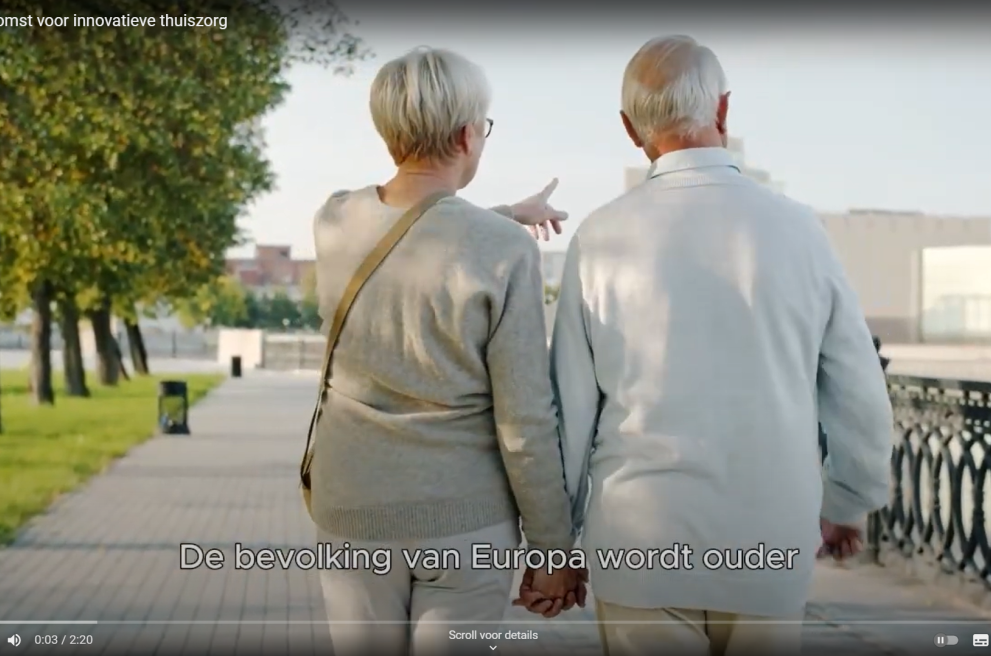


Individuals with hearing impairment experience difficulties to communicate effectively. This impacts interactions with others, educational opportunities, employment prospects, feelings of isolation and exclusion, and overall quality of life. However, with the implementation of assistive innovative technologies, such as the smart exoskeleton ChatterGlove, these barriers can be overcome, resulting in improved quality of life. In collaboration with LiCalab, the developers from West university of Timisoara in Romania, tested the ChatterGlove prototype in Flemish deaf or severely hearing impaired individuals.
The prototype of the ChatterGlove is developed by a team of researchers from the West University of Timisoara in Romania. It is designed to convert sign language into spoken language or written text. During Transnational Access, the prototype was adjusted to further improve flexibility of the glove, using the Thomas More Motion Lab 3D printer,.
In the first part of the study, which took place in October 2023, we focused on user experience and user acceptance of individuals with hearing difficulties. How do they experience the use of the ChatterGlove? Is it translating accurately what they want to say? How useful is this technology in daily life or more specifically in a health or working context? What are possible constraints? Together with the Romanian developers, LiCalab conducted field tests with 13 Flemish deaf people. Data will be compared with other sign language datasets available online to evaluate and analyse similarities, differences, patterns, and trends across different sources. This process aids in understanding and further enhancing sign language recognition and translation technologies, as well as improving the accuracy and effectiveness of such systems.
The second part of the study comprised a co-creation session with technical experts. The goal was to collect feedback about the potential use of the ChatterGlove. After a short demonstration of the ChatterGlove, we gained insight on possible technical barriers and challenges, best options for user interface, integration with existing technologies or systems in healthcare settings, design of the product in terms of user acceptance and ease of use, problem – solution fit regarding the current needs in the healthcare context, etc.
The collected feedback on user experience and user acceptance of both individuals with hearing impairments as well as technical experts will be used to make improvements in the design process of the ChatterGlove.